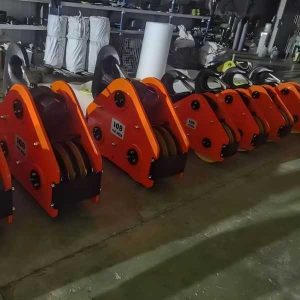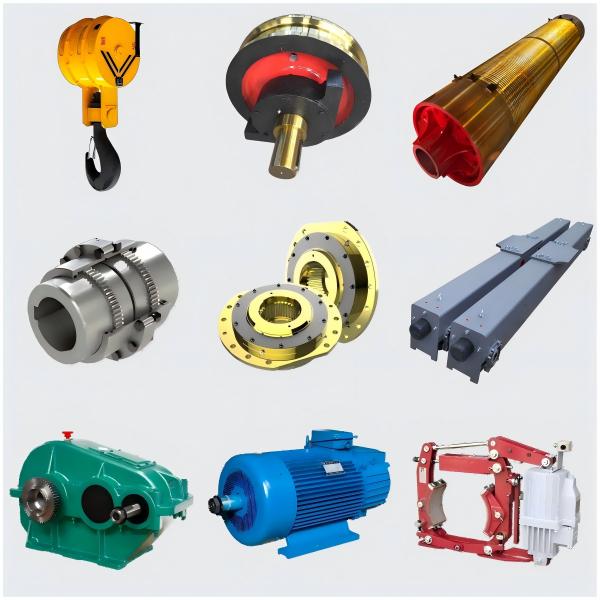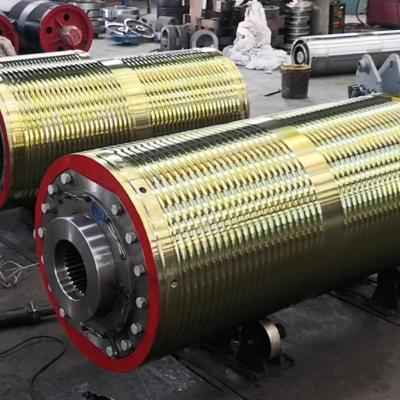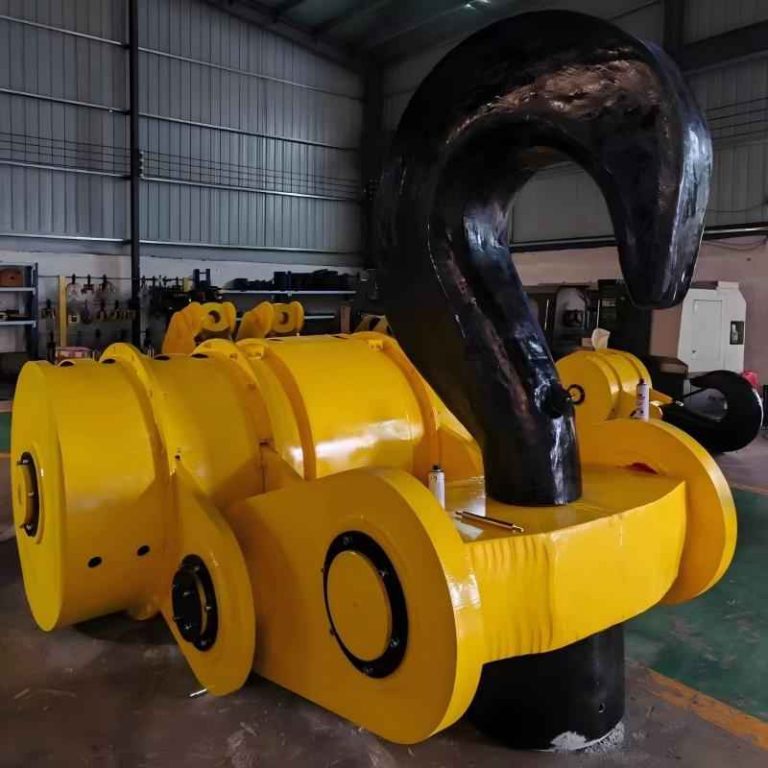European Standard vs Chinese Standard Crane Hooks: Key Differences
Crane hooks are one of the most important components in overhead cranes. They directly connect the crane to the load, and their quality determines both safety and performance. However, crane hooks differ according to design standards. In particular, European standard crane hooks and Chinese standard crane hooks follow different rules. Understanding these differences helps buyers make informed decisions.
Design and Manufacturing Standards
European standard crane hooks are typically designed according to FEM and DIN regulations. These standards ensure precise dimensions, strict material control, and rigorous load testing. In contrast, Chinese standard hooks often follow GB standards, which are widely used in local industries. Moreover, while both standards emphasize safety, European standards usually demand higher fatigue resistance.European standard crane hooks follow FEM and DIN regulations for precise dimensions and rigorous testing. Learn more at the FEM official website
Material and Heat Treatment
European hooks often use premium alloy steels with advanced heat treatment for durability. In addition, they are designed to reduce stress concentration, extending service life. Chinese hooks, on the other hand, also use forged steel but may differ in composition and toughness. For buyers handling heavy-duty applications, this difference can be significant.For more details on crane hook material standards, see ISO 7597 Crane Hooks Guidelines.
Load Capacity and Safety Factor
European standard hooks usually have a higher safety factor, meaning they are designed for extra load margins. Therefore, they are preferred in industries requiring continuous heavy lifting, such as steel plants. Chinese standard hooks are reliable for standard lifting operations but may not offer the same fatigue resistance under extreme conditions.
Cost and Availability
Chinese standard hooks are often more cost-effective and widely available in large quantities. Meanwhile, European standard hooks may cost more due to stricter compliance and testing requirements. Buyers should balance budget with long-term reliability.
Conclusion
Both European and Chinese standard crane hooks serve vital roles in lifting equipment. However, buyers should evaluate project requirements before choosing. For global projects with strict compliance needs, European standard hooks are ideal. For cost-effective solutions in general industries, Chinese hooks offer value. To explore high-quality crane hooks, visit www.hnhlcrane.com
-
What is the main difference between European standard and Chinese standard crane hooks?
European hooks follow FEM and DIN regulations with higher fatigue resistance and stricter testing, while Chinese hooks follow GB standards suitable for general lifting tasks. -
Are European standard crane hooks safer than Chinese standard hooks?
Generally yes, because European hooks have higher safety factors and stricter compliance requirements, making them more reliable for heavy-duty lifting. -
Can Chinese standard crane hooks be used in European projects?
Yes, but only for projects where GB standard compliance is acceptable. For strict FEM or DIN compliance, European hooks are preferred. -
How does heat treatment affect the durability of crane hooks?
Proper heat treatment increases steel toughness, reduces stress concentration, and extends the service life of crane hooks. -
Where can I buy FEM standard crane hooks?
HL CRANE offers FEM standard crane hooks suitable for single and double girder overhead cranes. Visit www.hnhlcrane.com for details.







